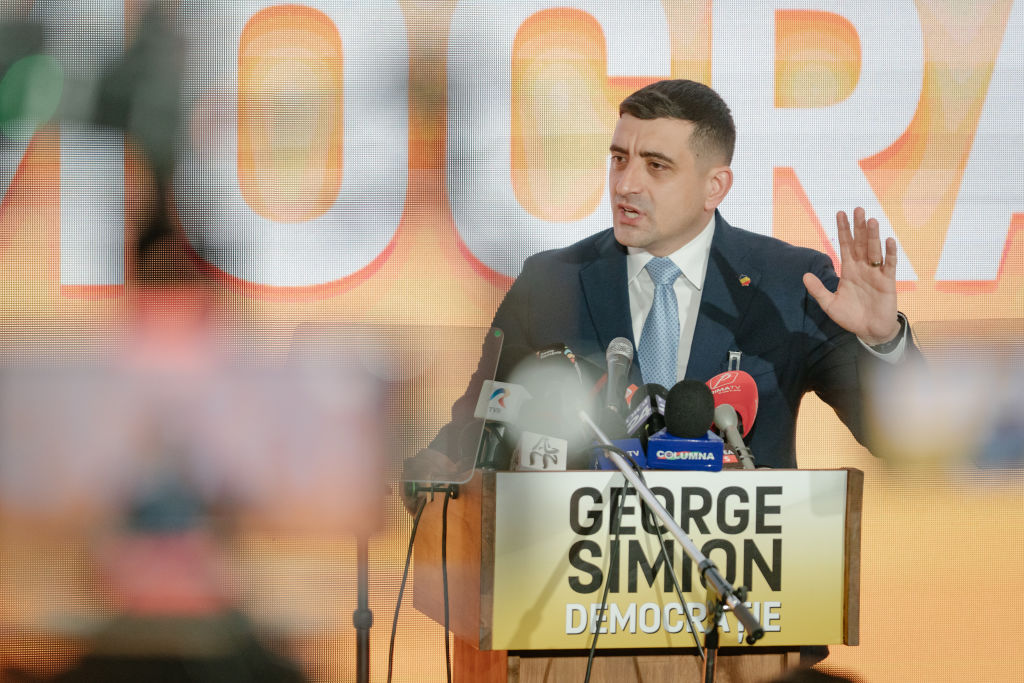Last month’s NATO summit in The Hague gave off the disturbing impression of an alliance finally crossing the fine line between serious defence policy into the realm of make-believe. The main outcome was presented to the world as a “new 5 per cent defence spending pledge” by all allies. The previous target, dating from 2014, was 2 per cent. President Trump naturally claimed the new benchmark as a “big win”, with the White House calling it a “monumental victory” and a “dramatic” increase in defence contributions across the alliance. Yet hardly any of this is true.
Of the 5 per cent, 1.5 is to be counted as any spending intended to “protect critical infrastructure, defend networks, ensure civil preparedness and resilience, innovate, and strengthen the defence industrial base”. In other words, this part of the grand new defence commitment is really an exercise in accounting, as a variety of existing types of rolling domestic investments can simply be designated as “NATO spending”. Italy already plans to declare a €13.5 billion bridge to Sicily as a contribution towards defending Europe – which would be funny if it weren’t a logical outcome of what NATO defence policy has devolved to.
It’s the other 3.5 per cent that is supposed to provide the real (so-called “core”) defence uplift, though. But even this – leaving aside the separate 1.5 per cent nonsense just mentioned – is merely a target to be achieved by 2035, ten full years from now. Given that Russia is supposed to invade us much sooner than that – according to the usual hysterical European warnings – a 2035 target becomes superfluous as it is clearly disconnected from all official strategic calculations. Not to mention that the previous target from 2014 remains unmet 10 years on, with several NATO members not spending even 2 per cent on defence – among them, major countries like Italy (1.49 per cent), Spain (1.28) or Canada (1.37) – and most of the others hovering just above the threshold by intense cooking of the accounting books.
The net result of all this is more to detract from than to add to NATO’s credibility, especially when paired with the goofy antics of Mark Rutte, previous Nord Stream enthusiast and now unworthy successor to Jens Stoltenberg. Rutte’s “warning” to the British public earlier in June that we should spend more on defence “or learn to speak Russian” was already simply inept and indeed offensive, and an indication of a dose of infantilism in NATO politics. But since then the Secretary General’s grovelling obsequiousness towards Trump – calling the US president “daddy” in public, and further buttering him up in the most self-degrading style in private – has further served to cast a cloud of un-seriousness and embarrassment over the Alliance (especially its European side) precisely at the time when it is crucial to demonstrate strength and resolve to our adversaries.
Undoubtedly, the reason for all this – the inflated, indeed fake defence spending target, and Rutte’s behaviour – has been a desperate European need to somehow convince Donald Trump to not pull the plug from Europe’s security which overwhelmingly rests on US military power. The calculation in European chancelleries has been that no amount of self-abasement on the personal front or of blatant disinformation as regards defence spending – and especially the narrative around it – is too much in pursuit of a benevolent imperial nod from the US president towards the Alliance.
But whatever the Europeans think they’ve obtained through this extremely foolish behaviour has been purchased at a very steep price in credibility, both for the Alliance overall in Russia’s and China’s eyes, and for Europe in Washington’s eyes. Everybody despises a weakling and an impostor – and this is the position that Europe has put itself in by pretending it will be spending 3.5 per cent by 2035, let alone 5 per cent.
Nor is this a new type of behaviour among Old World countries. We have sadly become used to accepting fake PR and “narratives” instead of sound policies backed by resources and evidence, to the point where the audience – the “expert” classes, the euro-intelligentsia, the media, the politicos – claps enthusiastically every time a new misleading “announcement” is served wrapped in weasel words that everyone is happy to ignore.
Just remember that seminal moment on 4 March when the Ursula von der Leyen unveiled an €800 billion European “defence package”, while the German Chancellor-in-waiting seemed to commit over €400 billion for defence (together with €500 billion for infrastructure), at least as reported by the mainstream media.
But there is no “€800 billion for European defence”, just as there is no 5 per cent for NATO: Leyen’s fake number is made of an EU plan to borrow €150 billion, plus a purely theoretical €650 billion that would be raised if EU member states were to raise their defence spending by 1.5 per cent of GDP (as they have now “committed” at The Hague – but for 2035). As for Merz, he never actually committed to any specific number for defence (only €500 billion for infrastructure). He only talked about not counting defence spending over 1 per cent of GDP towards the federal debt, which other economists estimated that it could be worth €400 billion for defence.
The idea that the Europeans – and especially the big military nations like the UK or France – will hit even the 3 per cent mark within this decade is highly doubtful, and the doubt grows the longer we look into the future. There are several reasons for this.
In the first place, there is simply not enough fiscal room for it: Existing debt levels limit how much new money governments can borrow to plough into defence without causing interest rates to spike. In the UK it took the heaviest public and intra-government pressure earlier this year to get Downing Street to commit to raising defence spending to 2.5 per cent by 2027 (i.e. by just 0.2 per cent), because of the tightrope that British finances must walk to avoid the abyss of fiscal crisis.
Of course, more money for defence could be raised, in principle – in the UK just as in any other European country – either by cutting spending on welfare, by increasing taxes, or by somehow growing the economy. The well-known problem is that neither Britain nor most of its European peers can afford any of these, let alone hope in some miraculous economic growth. They are too weighed down by regulation, taxes, Green costs, expensive energy, deindustrialisation, an aging population and a migrant onslaught to be able to splurge on rearmament at scale.
The second reason to doubt an actual NATO defence uplift is that there is no real political will for it in Europe, apart from a few select cases like Poland and other countries closer to Russia. There are three and a half years since Putin invaded Ukraine and it was already back in June 2022 when Macron first declared that France had been put on a “war economy” footing, not to mention Scholz’s original Zeitenwende.
British politicians, military figures and opinion formers have also reached new heights of rhetoric during these three years in describing just how great the danger is and how vital it is to rearm ourselves at scale. And there have been some increases in defence funding along the way, especially in Germany, but nothing on the scale to match the rhetoric. After three years of completely failing to live up to the breathless “pre-WWII, 1930s” comparisons, it must be concluded that the political will simply is not there to support a real rearmament worth the name. Marginal increases, yes – but not a substantive transformation of European defence.
The third main issue standing in the way of getting even to the 3 per cent is that the the domestic situation across many European countries, especially the deeply sclerotic and mismanaged West European ones is becoming more, not less, socially and economically explosive as time goes by. This means more instability going forward, and therefore more need to divert resources and attention to domestic issues as opposed to worrying about Ukraine. Indeed, it is likely that in the coming years – if it takes that long – more politicians might come to see substantial benefits in extricating their country from the Ukraine imbroglio, as a way to save money, tap into new voting pools, and even obtain better energy prices for their debilitated industries.
For all these reasons, and more, it is almost clear that not only the “5 per cent” NATO target is a chimera, but also the 3.5 by 2035 and even the 3 per cent by 2030 (or later). Whether we believe our own fantasies is neither here nor there, except for the fact that it undermines the credibility of the defence capacity we do have. The problem is that the adversary likely doesn’t share in our beliefs – because, whether it is the Russians or the Chinese, they look at facts and realities as they are and make their strategic moves accordingly.
We, on the other hand, choose to live in a world of our own artificial making, increasingly disconnected from the realities and the real balance of power. What we have now is a make-believe European defence policy, in which the US pretends it still guarantees our security and we pretend to pay for it. Let’s hope we won’t be tested anytime soon.






Trump’s space-based Golden Dome will revolutionise warfare